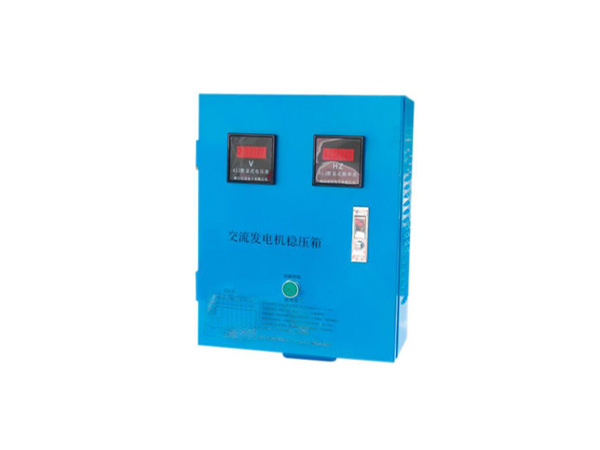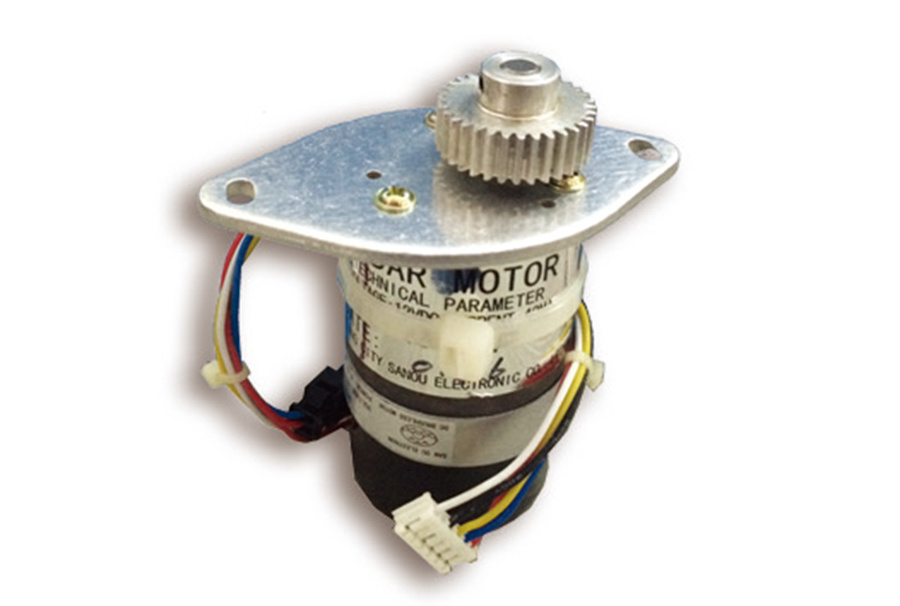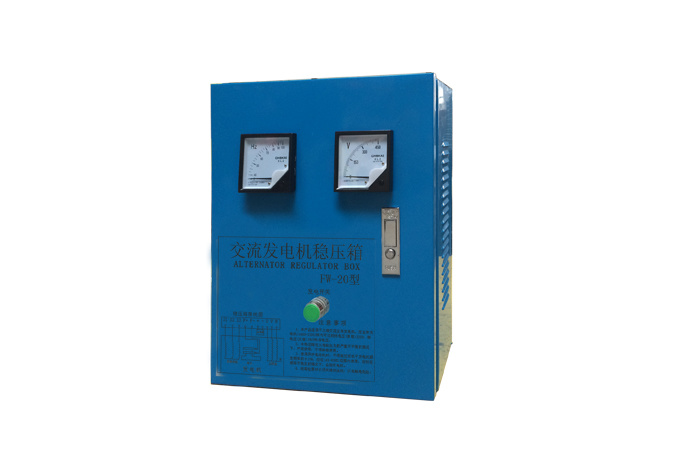News Center
The Benefits of Real-Time Monitoring for Steering Gear Alarm Indicators
The Benefits of Real-Time Monitoring for Steering Gear Alarm Indicators
In today's maritime industry, ensuring the safety and reliability of vessels is more critical than ever. As vessels navigate the complex waters of global trade, the steering gear system remains a vital component, directly impacting the maneuverability and control of the ship. Real-time monitoring of steering gear alarm indicators is revolutionizing how operators manage vessel safety and performance. This article delves into the various advantages of implementing real-time monitoring systems for steering gear, offering insights into how these technologies enhance operational safety, efficiency, and reliability.
Understanding Steering Gear Systems
Steering gear systems play a crucial role in the navigation and control of maritime vessels. These systems are responsible for directing the ship's course and ensuring it responds to navigational commands effectively. Typically, steering gear comprises hydraulic systems, electronic controls, and mechanical components that work in unison to provide responsive steering capabilities.
The Importance of Alarm Indicators in Steering Gear
Alarm indicators are integral to the steering gear system, providing critical information about its operational status. These indicators alert operators to potential issues, such as pressure drops, hydraulic leaks, or system malfunctions. By monitoring these alarms in real-time, crews can take proactive measures to address problems before they escalate, thereby enhancing the overall safety and reliability of the vessel.
Benefits of Real-Time Monitoring Systems
1. Enhanced Safety and Risk Mitigation
One of the most significant benefits of real-time monitoring for steering gear alarm indicators is enhanced safety. By continuously tracking alarm statuses, operators can quickly identify and respond to anomalies. Swift action can prevent minor issues from developing into catastrophic failures, reducing the risk of accidents at sea. Furthermore, with immediate access to data, crews can take precautionary measures during adverse weather conditions or challenging navigational scenarios, ensuring a safer voyage.
2. Improved Operational Efficiency
Real-time monitoring not only enhances safety but also boosts operational efficiency. By eliminating the need for periodic manual checks, operators can focus on other essential tasks, optimizing crew performance and reducing workload. The ability to analyze real-time data enables better decision-making, allowing for more informed management of steering gear operations. As a result, vessels can maintain optimal speed and course, maximizing fuel efficiency and minimizing operational costs.
3. Proactive Maintenance and Reduced Downtime
Implementing real-time monitoring systems significantly contributes to proactive maintenance practices. By continuously monitoring the condition of steering gear components, operators can identify wear and tear before it leads to failures. This predictive approach to maintenance minimizes unexpected breakdowns and unplanned downtime, allowing for efficient scheduling of repairs and ensuring that the vessel remains operational and compliant with industry regulations.
Utilizing Data Analytics for Maintenance Strategies
The integration of data analytics with real-time monitoring systems provides vessels with actionable insights into the health of their steering gear. Operators can analyze historical and real-time data to identify trends, determine the remaining useful life of components, and optimize maintenance schedules. This data-driven approach not only enhances maintenance effectiveness but also extends the lifespan of steering gear systems, ultimately improving return on investment.
4. Enhanced Crew Training and Response
Real-time monitoring systems facilitate better training for crew members by providing them with real-time data and alerts. By familiarizing crew members with the monitoring technology and alarm indicators, they can develop a more profound understanding of steering gear operations and the implications of various alarms. This knowledge equips them to respond effectively to potential issues, improving overall crew confidence and competency in managing steering gear systems.
Challenges in Implementing Real-Time Monitoring Systems
1. Initial Costs and Investment
While the benefits of real-time monitoring for steering gear alarm indicators are substantial, the initial investment can be a barrier for some operators. The costs associated with installing advanced monitoring technologies, training crew members, and maintaining systems can be significant. However, the long-term savings achieved through reduced downtime, improved safety, and optimized efficiency often outweigh these initial costs.
2. Technology Integration and Compatibility
Integrating new real-time monitoring systems with existing vessel technologies can present challenges. Compatibility issues may arise when attempting to connect various systems, leading to potential disruptions during implementation. It is essential for operators to conduct thorough assessments of their existing systems and ensure that the new technology can seamlessly integrate, providing a cohesive operational framework.
Future Trends in Real-Time Monitoring for Steering Gear
The future of real-time monitoring for steering gear alarm indicators is bright, with advancements in technology paving the way for enhanced capabilities. As the maritime industry embraces the Internet of Things (IoT) and artificial intelligence (AI), monitoring systems will become even more sophisticated.
1. IoT Integration and Connectivity
IoT technology will facilitate improved connectivity between steering gear systems and monitoring platforms. Vessels equipped with IoT devices will be able to transmit real-time data to onshore operations and technical support teams, enabling remote monitoring and assistance. This connectivity enhances decision-making and allows for rapid responses to alarm indicators.
2. AI and Machine Learning for Predictive Analysis
The integration of AI and machine learning algorithms will revolutionize predictive maintenance strategies. By analyzing vast amounts of data collected from steering gear systems, these technologies can identify patterns and predict potential failures with high accuracy. This level of insight will empower operators to make informed decisions about maintenance, ultimately increasing vessel reliability and safety.
Conclusion
Real-time monitoring of steering gear alarm indicators represents a transformative advancement in maritime safety and operational efficiency. The ability to continuously track alarm statuses enhances safety, improves operational efficiency, and allows for proactive maintenance strategies. While challenges exist in implementing these systems, the long-term benefits far outweigh the initial costs. As technology continues to advance, the future of real-time monitoring in the maritime industry looks promising, with enhanced connectivity, predictive analytics, and operational insights poised to redefine vessel management. By embracing these innovations, operators can ensure the safety and reliability of their vessels, paving the way for a more efficient maritime industry.
FAQs
1. What is real-time monitoring for steering gear alarm indicators?
Real-time monitoring refers to the continuous tracking of alarm statuses and performance metrics for steering gear systems, allowing operators to respond promptly to any issues that may arise.
2. How does real-time monitoring enhance safety?
By providing immediate alerts and data on potential issues, real-time monitoring allows crews to take swift action to address problems, reducing the likelihood of accidents at sea.
3. What are the key benefits of implementing a real-time monitoring system?
The key benefits include enhanced safety, improved operational efficiency, proactive maintenance, and better crew training and response capabilities.
4. Are there challenges to implementing real-time monitoring systems?
Yes, challenges may include initial costs, technology integration issues, and the need for crew training to effectively utilize the monitoring systems.
5. How does IoT impact real-time monitoring in the maritime industry?
IoT technology allows for improved connectivity and data sharing between vessel systems and onshore operations, enhancing real-time monitoring capabilities and decision-making processes.
Related News
Understanding the Importance of a 12KVA Frequency Stabilizer in Electrical Systems
In the realm of electrical engineering, maintaining a stable frequency is crucial for ensuring that equipment operates efficiently and reliably. A 12KVA frequency stabilizer plays a vital role in managing electrical systems, especially in environments where fluctuations in voltage and frequency can lead to equipment failure or operational inefficiencies. A frequency stabilizer, as the name suggest
Discover the Unmatched Benefits of the Furuno 1832 Radar Motor for Marine Navigation
Explore the Advantages of the Furuno 1832 Radar Motor Table of Contents Introduction to the Furuno 1832 Radar Motor Key Features of the Furuno 1832 Radar Motor Performance Analysis of the Furuno 1832 Safety Benefits of Using the Furuno 1832 User Experience: Ease of Use and Installation Maintenance Tips for the Furuno 1832 Radar Motor Comparing the Furuno 1832 Radar Mot
Understanding the Functionality and Benefits of a 1 in 4 Out Signal Distributor
A 1 in 4 out signal distributor is a crucial component in various electronic systems, particularly in the realm of optoelectronics. Its primary function is to take a single input signal and distribute it evenly across four output channels. This enables the simultaneous transmission of the same signal to multiple devices or locations, which is essential in applications such as audio/video broadcast




